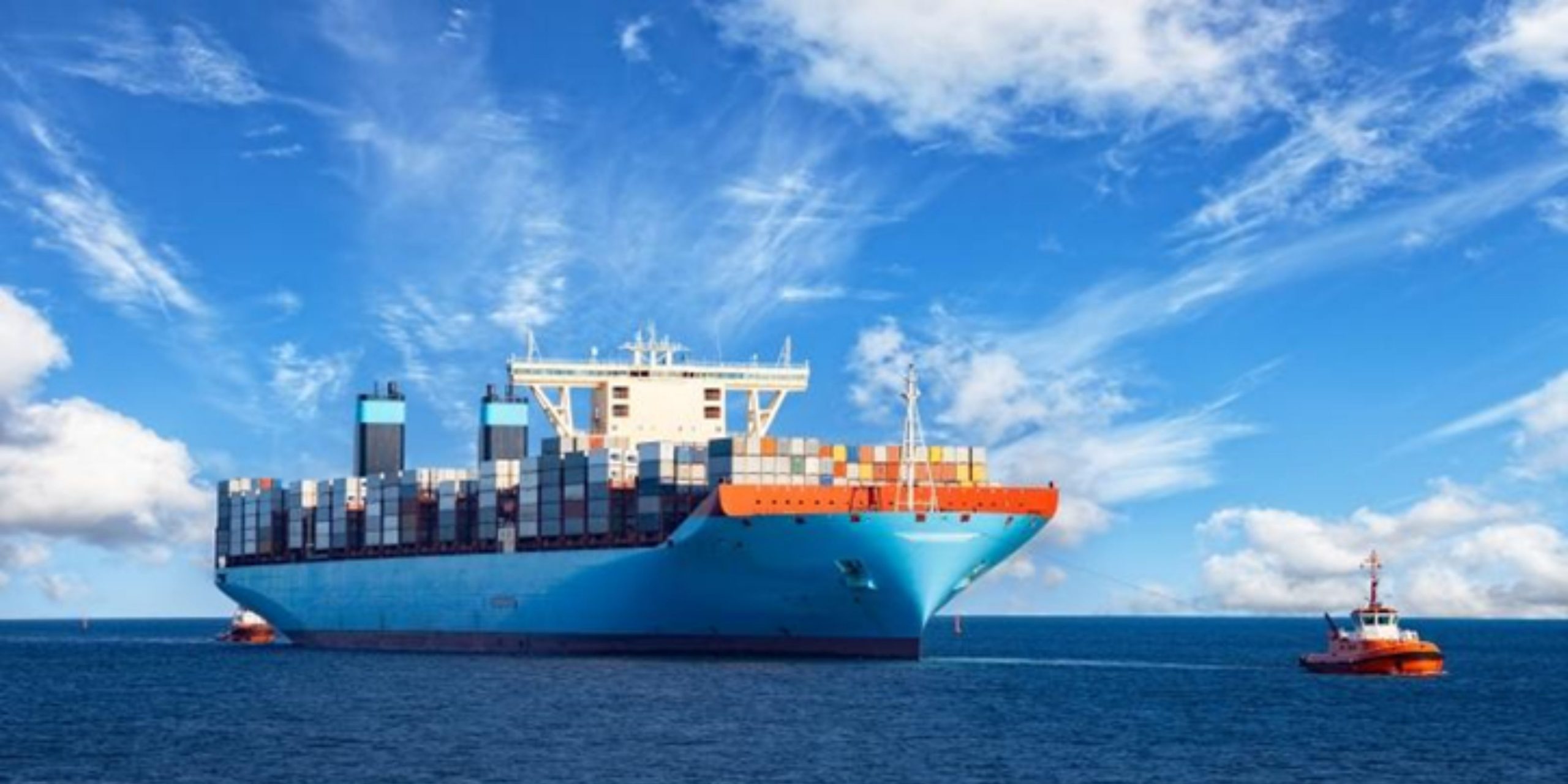A political agreement has been reached between the European Parliament and the Council that increases the maritime transport sector's contribution to reaching the EU-wide target of reducing net greenhouse gas emissions by at least 55% by 2030, and to achieving climate neutrality in 2050.
The deal complements the provisional agreement reached on 18 December 2022 to include shipping emissions in the EU Emissions Trading System (EU ETS), both key initiatives in the EU's efforts to reduce maritime emissions.
The new rules also introduce an additional zero-emission requirement at berth, mandating the use of on-shore power supply (OPS) or alternative zero-emission technologies in ports by passenger ships and containerships, with a view to mitigating air pollution emissions in ports, which are often close to densely populated areas.
FuelEU Maritime takes a goal-based and technology-neutral approach, allowing for innovation and the development of new fuel technologies to meet future needs, and offering operators the freedom to decide which to use based on ship-specific or operation-specific profiles. The Regulation also provides for a voluntary pooling mechanism. Under this scheme, ships will be allowed to pool their compliance balance with one or more other ships. Thus, it will be the pool as a whole that has to meet the greenhouse gas intensity limits on average.
The harmonised EU mandate will maintain a level playing field and ensure that the market for sustainable maritime fuels will grow and that maritime transport continues to function well while contributing to the EU's climate goals. It will do this by increasing demand for renewable and low-carbon fuels. It will provide legal certainty for ship operators and fuel producers and help kick-start the large-scale production of sustainable maritime fuels. In turn, this will help reduce the price differential between fossil fuels and sustainable options. A special incentive regime has been included to support the uptake of renewable fuels of non-biological origin with a high decarbonisation potential.
More info on next steps can be found here.
